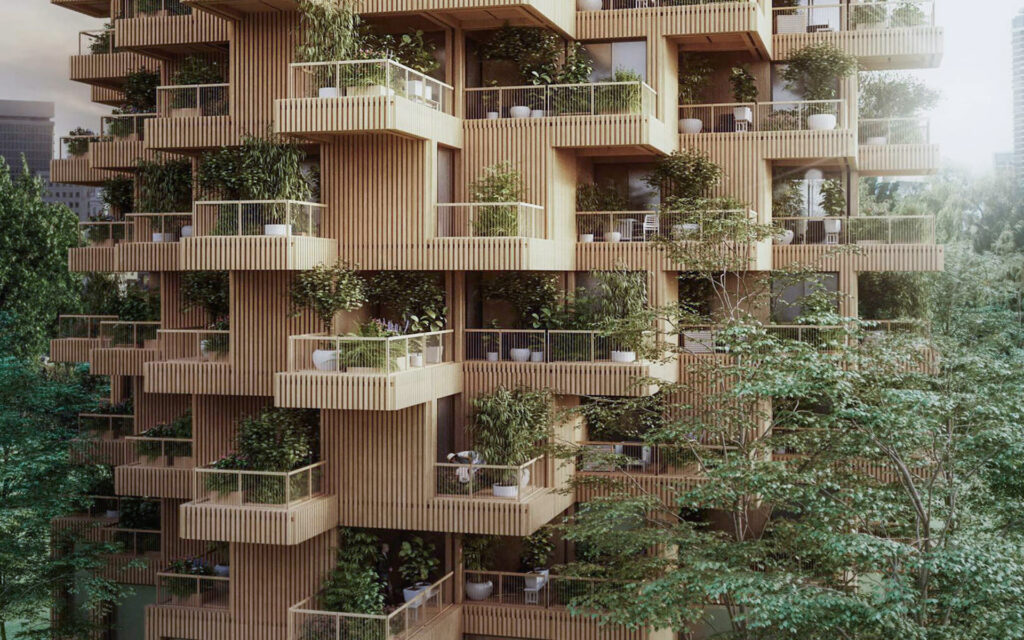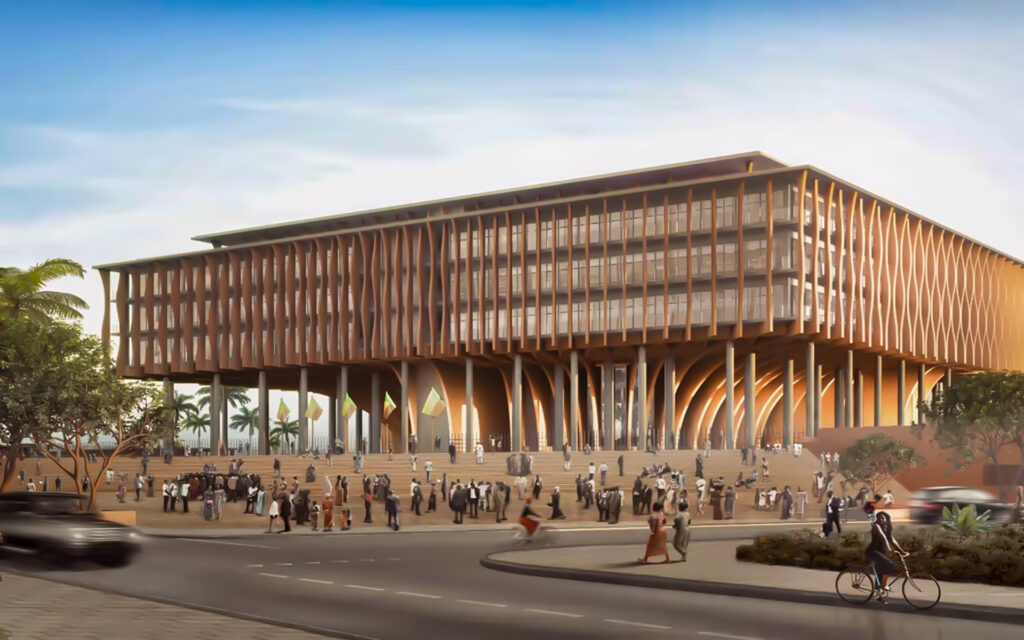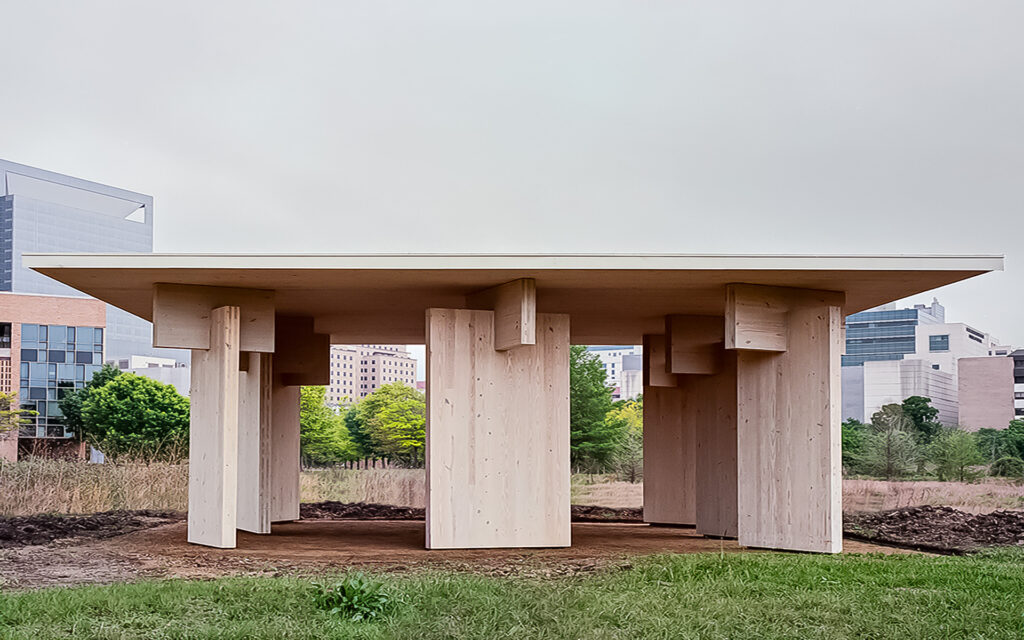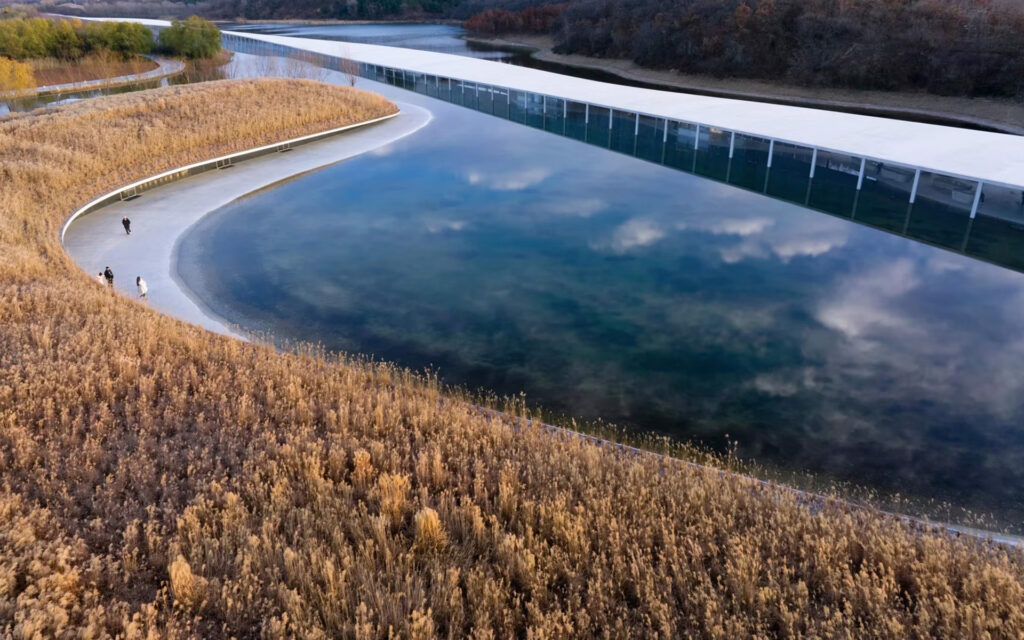The year 2024 will also be remembered for the numerous proposals for projects inspired by nature. Designing under the influence of nature is more than a trend. And it’s not just a fad, hopefully. Rather, it is a choice and a necessity, the one of following nature. Sustainable architecture is in fact fundamental to increase the ecological balance of the human habitat. We often talk about nature, sustainability and inspiration. The combination of these concepts stands out as a horizon of thought for many of the most interesting project proposals of 2024. Architects inspired by nature give us back a lively and sensitive way of designing. That is able of interpreting the values of the place and decidedly more livable than a standardized architecture and little inclined to the environment.

Nature-based solutions
To better clarify the meaning of design inspired by nature, we refer to the concept of design solutions based on it. It means defining a clear project for alternative solutions to mantain, to sustainably manage and to preserve the functionality of natural ecosystems altered by the humans. It is about facing the challenges of the contemporary world in an effective and flexible way, improving human well-being on the one hand and, on the other, increasing biodiversity and containing damage to the environment.
It is about facing the challenges of the contemporary world in an effective and flexible way. On the one hand, improving human well-being and, on the other, increasing biodiversity and containing damage to the environment”
Under the Tree
With this in mind, the architect Diébédo Francis Kéré imagined the new National Parliament House of Benin. It was inspired by the Palaver tree, under whose shade Africans usually meet to make decisions in the interest of the community. The project for the Parliament building is a monumental work that will be completed by the end of 2024. Diébédo Francis Kéré is a designer, but he is also an educator and activist originally from Burkina Faso. Kéré was also awarded the prestigious Pritzker Prize, in 2022, the equivalent of the Nobel Prize in architecture
With his firm, Kéré Architecture, is completing the National Parliament House of the Republic of Benin, in the capital Porto-Novo (West Africa). He is inspired by nature and a subject very dear to him and recurring in his works: the tree, in a building that wants to express democratic values and identity like a large hollow tree trunk, inside which filters light, the circulation of air and people. At the center of the building is the assembly hall, on the ground floor, embellished by a spectacular ceiling formed by large exposed structural beams that evoke tree branches. Providing a strong centrifugal dynamism and directing attention outwards towards a public park, which exhibits the richness of Benin’s native flora. It also provides ample landscaping space for the city.

Through the Pavilion
Located within the Rice University campus, the Harris Gully Environmental Area is an enclave made up of several natural habitats. From the prairie to the open woods to the dense bush. Despite being in the heart of Houston, Rice is a campus rich in biodiversity. With an extensive catalogue of bird species. More than any other campus in North America. The Mass Timber Pavilion is a viewing platform immersed in this landscape. It represents the first step of a long-term plan for ecosystem management.
The pavilion itself is an abstract object, conceived and placed as a landscape element, like the ruins of a small temple. That invites and welcomes the nature around it. In its simplicity, indeterminacy and openness, it intrudes lightly into the environment, as architecture should do in a delicate natural habitat. Made of cross laminated wood (CLT) the pavilion is a negative emission structure and an essay on the possibilities of this sustainable construction technology. The building showcases CLT panels in their purest form, like a gigantic piece of furniture that conveys the logic of its assembly. The immediacy with which the material is presented underlines its structural versatility with the CLT acting as a roof, pillar and capital.
The project was realized by Jesus Vassallo, a professor at Rice University, during a seminar on solid wood at the same campus. With the help of a team of graduate students (Pouya Khadem and Lene Sollie), in collaboration with structural engineer Tracy Huynh. Funding for the project was obtained through a federal grant from the U.S. Forest Service , with additional funds provided by generous donations to the School of Natural Sciences and the Lynn R. Lowrey Arboretum.

Inside the Lake
Japanese architect Junya Ishigami this year inaugurated the Zaishui Art Museum, a one kilometer-long building on a lake in China. The building has openings that allow water to flow on the floor and extends from one side of the lake to the other. Covering almost the entire diameter of the body of water. Ishigami wanted the Zaishui Art Museum to appear as if emerging from the lake.
Parallel columns rise from the bottom to support a thin, undulating roof. “The columns repeated at regular intervals define the new water surface, while the water edge created by that surface defines the new terrain,” explained Ishigami. “A new exterior is born, inside the structure.”
Columns repeated at regular intervals define the new water surface, while the water edge created by that surface defines the new terrain. A new exterior is born, inside the structure.

Between the columns, glass panels offer a view of the lake, intentionally leaving gaps at the point where the floor of the building meets the surface. This allows water to flow into the building, submerging parts of the floor, becoming an integral part of the building. In winter, as the water surface freezes, the water below remains liquid and continues to flow inwards. “In this new natural environment created within an architectural work, you can perceive a landscape in which the internal scene follows the external one,” said Ishigami.
The museum’s undulating roof deforms, in some places, to mimic the profile of the mountains behind. In other parts of the building the roof opens up to the sky to introject the surrounding nature.
It is no coincidence that these projects express an urgency of inclusion, not a separation from the environment. And not even a closure to it, but a discovery of nature inside the building. A nature that, through its characteristics, tends to make us inspired. Creating a kind connection with the surrounding world.
To learn more: Back to nature: biometism in architecture
You may also be interested in: Climate Displaced People: the Invisible Refugees





